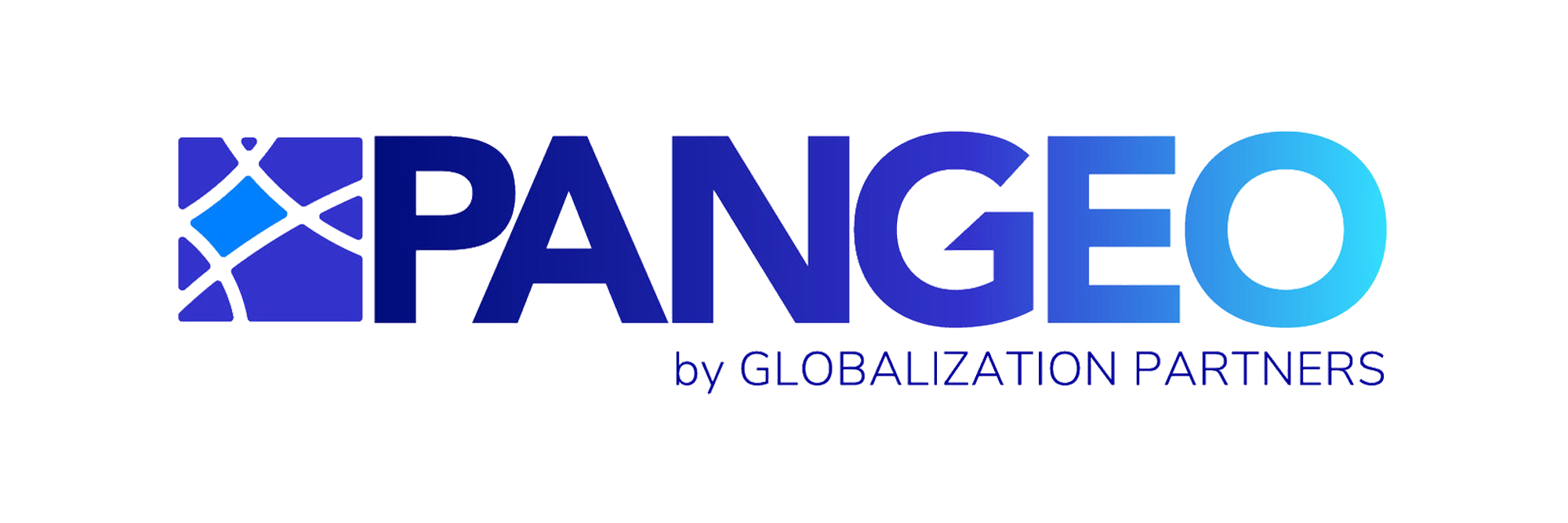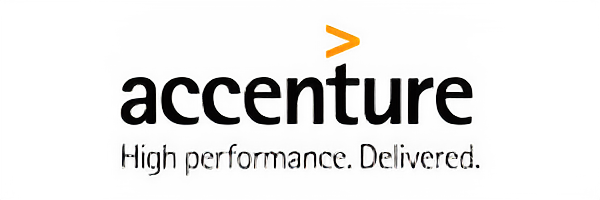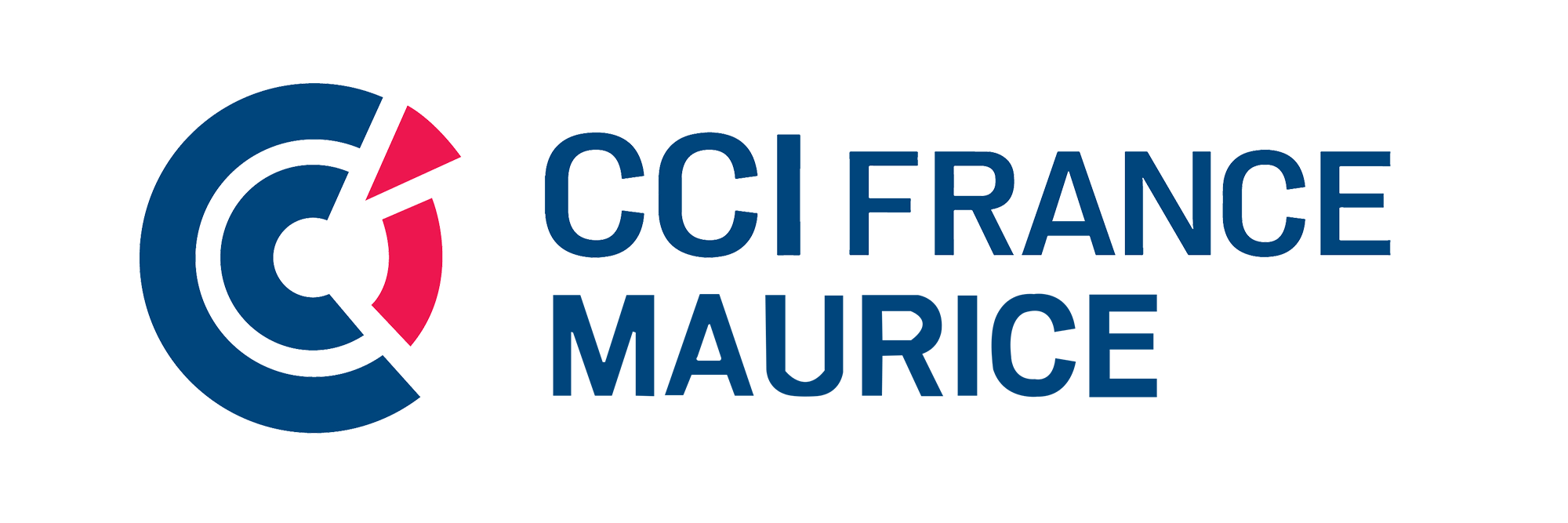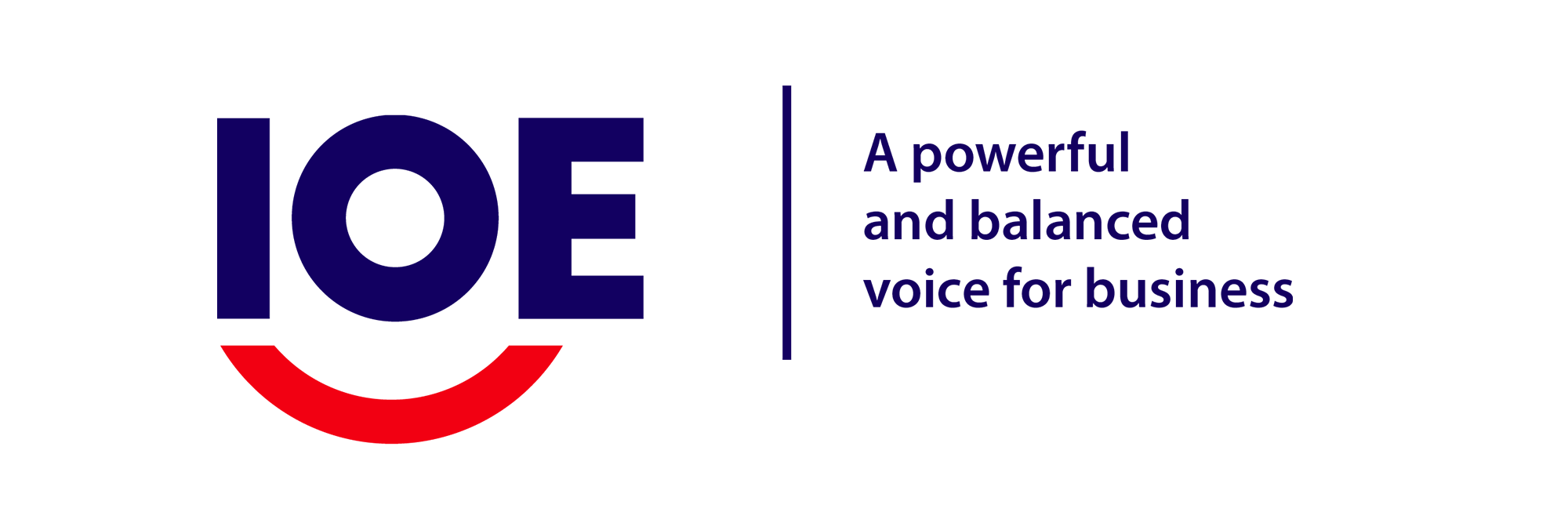Building a high-performing outsourced team isn’t just about delegating tasks halfway across the world. It’s a true strategic project that involves several key steps: choosing the right partner, structuring the team, building trust, and measuring results.
Many companies start from scratch, often with doubts: “How can we recruit remotely without losing quality?” “How long does it take for a team to become truly effective?”
To answer these questions, we’ll look at real client case studies that show how businesses have successfully managed their outsourcing journey. From SMEs to large corporations, these testimonials highlight how the right approach, tools, and close support can turn an idea into a high-performing, profitable, and committed team.
From Zero to an Efficient Outsourced Team
The direct answer
It all starts with a clear definition of needs, rigorous recruitment, and a gradual onboarding process. An outsourced team becomes effective when it’s aligned with the client company’s culture, goals, and performance metrics.
Key steps to success
Identify which functions to outsource: customer support, IT, finance, marketing, etc.
Choose the right destination (Africa, Eastern Europe, Asia) based on language and cost factors.
Select a reliable partner (EOR, BPO, or specialized HR firm).
Integrate outsourced talents as true internal collaborators.
Measure ROI through productivity, quality, and retention rates.
💡 According to a 2024 Deloitte study, 63% of companies that outsourced reported a 25% improvement in operational efficiency within the first year.
Case Study 1: An E-commerce Startup Triples Its Capacity in 6 Months
The context
A French e-commerce startup wanted to strengthen its customer service and tech support without skyrocketing costs.
The solution
It chose to outsource to Morocco with a BPO provider specialized in French-speaking markets. Within three months, a team of 8 agents was recruited, trained, and integrated.
The results
40% cost reduction compared to France.
Customer satisfaction up by 32%.
Average response time cut in half.
“We were afraid of losing quality. In the end, Morocco’s cultural and linguistic proximity was a major asset.”
Thomas G., Founder of a Paris-based e-commerce startup
Case Study 2: An Industrial SME Outsources Its Accounting to Madagascar
The context
A French SME with 50 employees wanted to reduce the workload of its accounting team and better handle seasonal peaks.
The solution
With a partner based in Antananarivo, it created a remote unit of 3 accountants integrated into its ERP and trained in French standards.
The results
45% savings on payroll costs.
Zero accounting errors thanks to dual control (local + France).
15 hours saved per week for internal managers.
“We kept full control over quality while gaining flexibility. The team in Madagascar works as if they were right next to us.”
Julie P., Chief Financial Officer
Case Study 3: A Tech Scale-Up Recruits Its Developers in West Africa
The context
A fast-growing SaaS scale-up struggled to hire developers in France due to high salaries and fierce competition.
The solution
It turned to an international employment (EOR) partner to hire 5 full-stack developers in Senegal and Côte d’Ivoire.
The results
Recruitment completed in 4 weeks.
100% retention rate after one year.
50% reduction in overall cost.
“Thanks to the EOR model, we tested several profiles without creating a local structure. It’s now our standard growth model.”
Nicolas L., CTO of a Paris-based scale-up
Lessons Learned from These Success Stories
What successful companies have in common:
A reliable, locally established partner ensuring compliance and HR monitoring.
Smooth communication: regular video calls, reporting, and collaborative tools (Slack, Asana…).
Careful integration: external staff join meetings and receive feedback like internal employees.
A long-term vision: outsourcing is not a quick fix it’s a strategic growth lever.
Performance metrics to monitor:
Productivity rate (tasks delivered vs. planned)
Internal satisfaction level (collaboration, responsiveness)
Talent retention rate
Total cost per deliverable or per project
💬 According to Gartner 2025, companies that regularly measure outsourcing ROI perform 1.8x better than average.
How to Structure a High-Performing Outsourced Team from Day One
Keys to success
Start small: 1–3 collaborators in a pilot function.
Standardize processes: guides, checklists, reporting tools.
Appoint a reference manager on both client and provider sides.
Build a shared culture: common goals, company values, recognition.
Recommended tools
Communication: Slack, Teams, Google Meet
Performance tracking: Notion, Trello, ClickUp
HR integration: Deel, Talenteum, Remote
Building a high-performing outsourced team is no accident it’s a structured strategy built on methodology, communication, and trust.
Client stories prove it: whether in customer service, accounting, or IT development, well-managed outsourcing delivers tangible and lasting results.
In 2025, companies are no longer outsourcing just to cut costs they’re seeking global talent and greater agility.
If you, too, want to build a risk-free outsourced team, partner with a specialized provider who can guide you step by step from your first hire to full operational performance.
👉 Act now: start building your outsourced team and turn your ambitions into real success.













